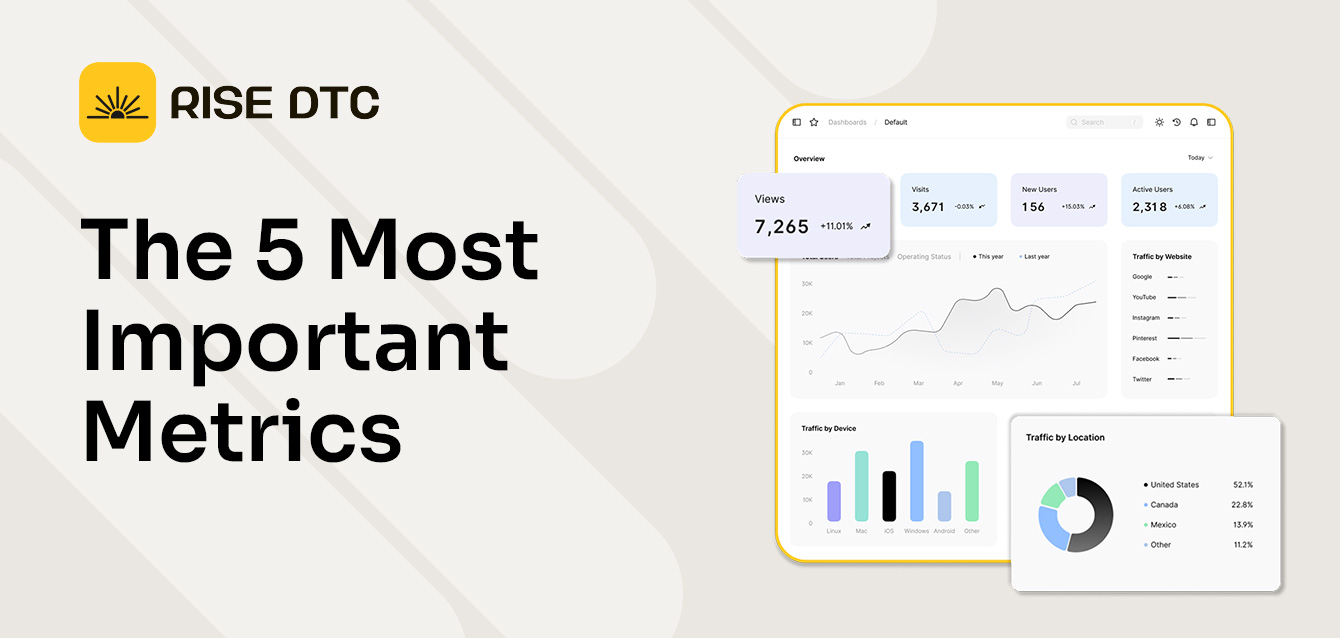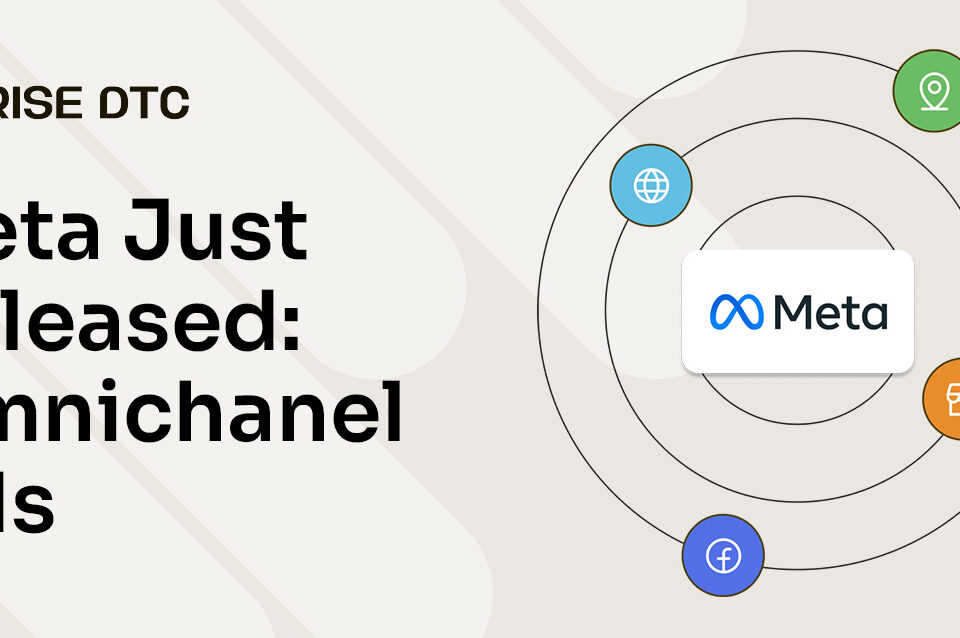If you’re running a DTC ecommerce brand, it’s easy to get caught up in vanity metrics — Impressions, total purchases, and even ad ROAS don’t tell the full story. If you’re serious about building a profitable business, you need to be tracking the right metrics.
Here are the five critical metrics every DTC brand needs to monitor closely, because you can’t improve what you’re not measuring.
1. Contribution Margin
What it is: Revenue minus variable costs (COGS, shipping, packaging, transaction fees, and discounts). This is what’s left over before fixed expenses like rent, salaries, and software.
Why it matters: Contribution margin tells you how profitable each order is before overhead. If this number is too low, you’re scaling a leaky bucket — no amount of ad spend will fix that.
How to use it: Aim for at least 30–40% contribution margin to allow room for ad spend, fixed costs, and profit. If you’re lower, focus on reducing costs or increasing your average order value.
2. Blended CAC (Customer Acquisition Cost)
What it is: Total marketing spend ÷ total new customers acquired (from all channels).
Why it matters: Platform-specific ROAS are easy to manipulate — but blended CAC shows you the true cost to acquire customers across your business. It’s your north star for paid growth.
How to use it: Track this weekly. If your CAC is increasing, it’s a signal that your ad efficiency is dropping, or your creative/offers aren’t resonating.
3. LTV (Customer Lifetime Value)
What it is: The total revenue a customer generates over their relationship with your brand.
Why it matters: High LTV means you can afford to spend more to acquire customers. Low LTV? You’re likely stuck in a one-and-done cycle — and that’s expensive.
How to use it: Calculate LTV over 30, 60, and 90 days to identify your “payback window.” For e-commerce brands, Customer Lifetime Value (LTV) should be at least three times the Customer Acquisition Cost (CAC).
4. MER (Marketing Efficiency Ratio)
What it is: Total revenue ÷ total ad spend (also called Blended ROAS).
Why it matters: MER provides a holistic view of marketing performance by evaluating the return on investment for all marketing activities, not just individual campaigns. Unlike in-platform ROAS, this isn’t skewed by attribution delays or platform bias.
How to use it: Track this weekly and monthly. A MER of 5.0 or above is generally considered strong in the e-commerce sector. This implies that for every dollar spent on marketing, you’re generating five dollars in revenue. If it’s below 3.0, either your ad spend is too high or your conversion funnel isn’t pulling its weight.
5. Returning Customer Rate
What it is: The percentage of customers who make more than one purchase.
Why it matters: It’s far cheaper to retain a customer than acquire a new one. A low returning customer rate signals weak product-market fit, poor post-purchase experience, or lack of retention strategy.
How to use it: Set up email and SMS flows, loyalty programs, and post-purchase offers to drive repeat sales. Increasing this metric directly boosts LTV and lowers CAC pressure.
Final Thoughts
Running a DTC brand isn’t just about having a great product and spending money on ads — it’s about making the numbers work. These five metrics form the foundation of financial clarity, scalable growth, and long-term success.
If you’re not already tracking these consistently, start now. And if you are tracking them but still not seeing profit — it might be time to zoom out and take a more strategic look at how your whole system is working. Talk to us.










